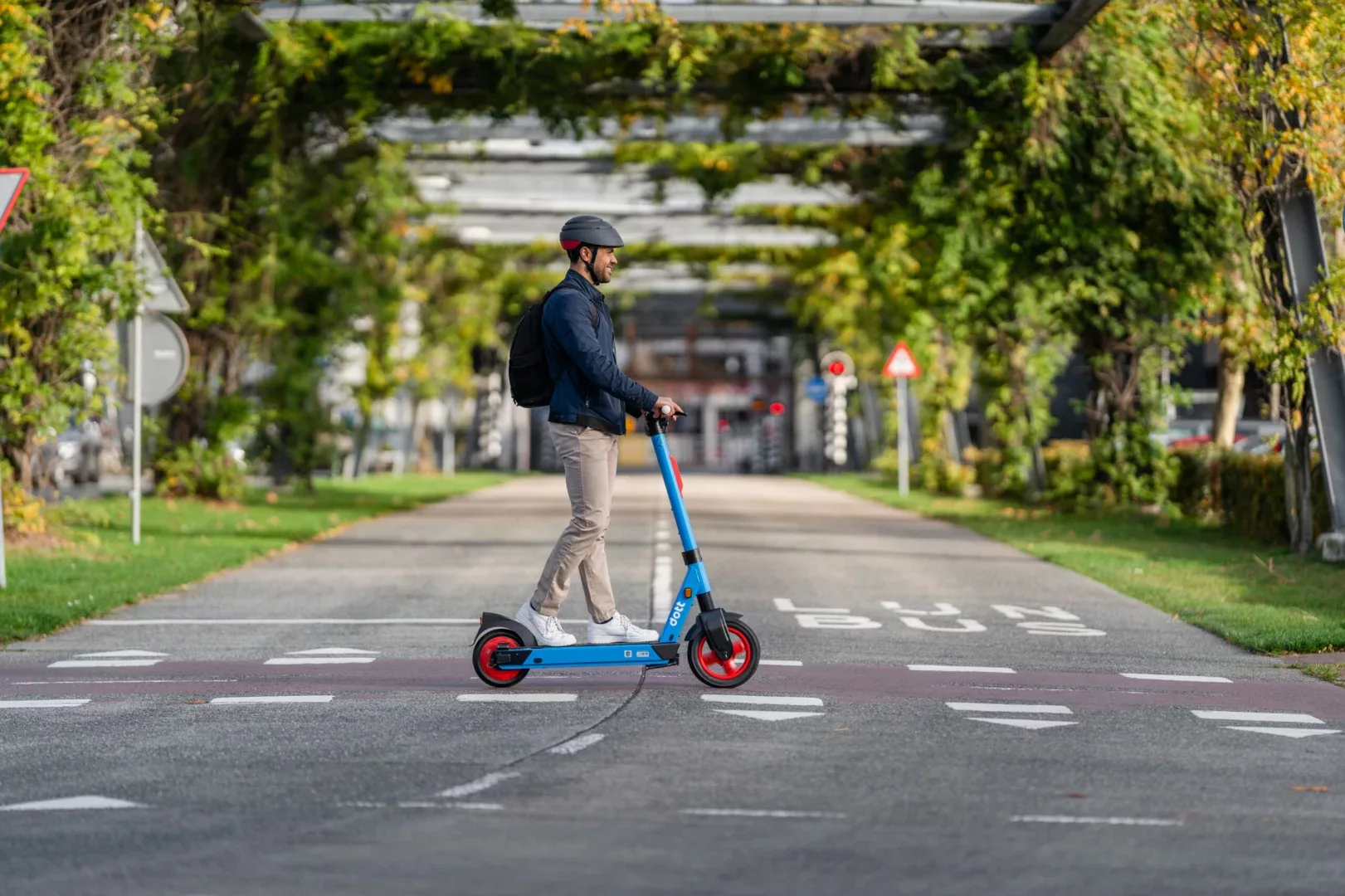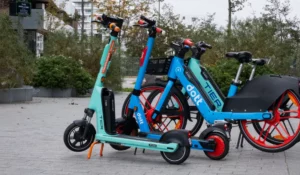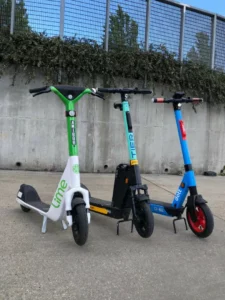The micromobility operator Dott is to put AI cameras on selected escooters in London to try to understand rider behaviour.
It follows research using cameras from Luna Systems on escooters in Brussels, Grenoble and Tel Aviv to see where people rode, and why, focussing on pavement riding.
The company gathered data from 3,000 trips covering around 4,000 miles (more than 6,000km) and says it found pavement riding occurred “on a very small minority of overall e-scooter use, with most of their time (93%) being ridden on roads and bike lanes”.
Researchers say that when it did happen, it was found that nearly three quarters (71%) of pavement riding occurrences were influenced by the road and infrastructure conditions.
The most frequent cause was riders mounting the sidewalk to access on-pavement scooter parking (33%), supporting on-road rather than pavement based parking spots. The second most regular cause was riders using zebra crossings which lead to a pavement (23%).
Other common causes included cycle lanes ending onto pavements (10%) as well as blocked roads or cycle lanes (7%). Only just over a quarter (26%) of pavement riding occurrences were caused by irresponsible rider behaviour.
Laura Mollard-Dumont, Mobility Project Manager, City of Grenoble, said: “This new technology is beneficial to both city residents, and city authorities. It improves compliance of rules, preventing conflicts between pedestrians and riders. And it also provides us with new data, highlighting infrastructure which is not working as planned or misunderstood by users. These features demonstrate a further advantage of shared scooters over private vehicles, helping city authorities to better understand the different ways to move around the city.”
Maxim Romain, Co-Founder and COO, Dott, said: “It’s clear from these findings that the majority of e-scooter riders want to use them responsibly. If they do resort to riding on pavements, it’s often because they feel safer there. We hope to work closely with the cities we operate in to use these findings to improve road conditions and infrastructure, creating environments where people feel safer and more confident using sustainable transport in the right way.”
Dott has shared the findings with the city authorities, using mapping software which identifies hotspots for pavement riding. It is hoped that cities can use this data to prioritise which areas are most in need of infrastructure spending and street redesign.
Andrew Fleury, CEO & Co-Founder of Luna Systems: “Computer vision provides a means to understand where and how pavement riding occurs, as well as why it happens. For every event, operators can understand the location, duration and speed as well as the number of people impacted by a rider’s behaviour. This data allows operators to communicate and engage with riders about specific occurrences. We believe that this data can also help cities better understand how to plan infrastructure to accommodate scooters in the future.”
(Picture – Dott)





















